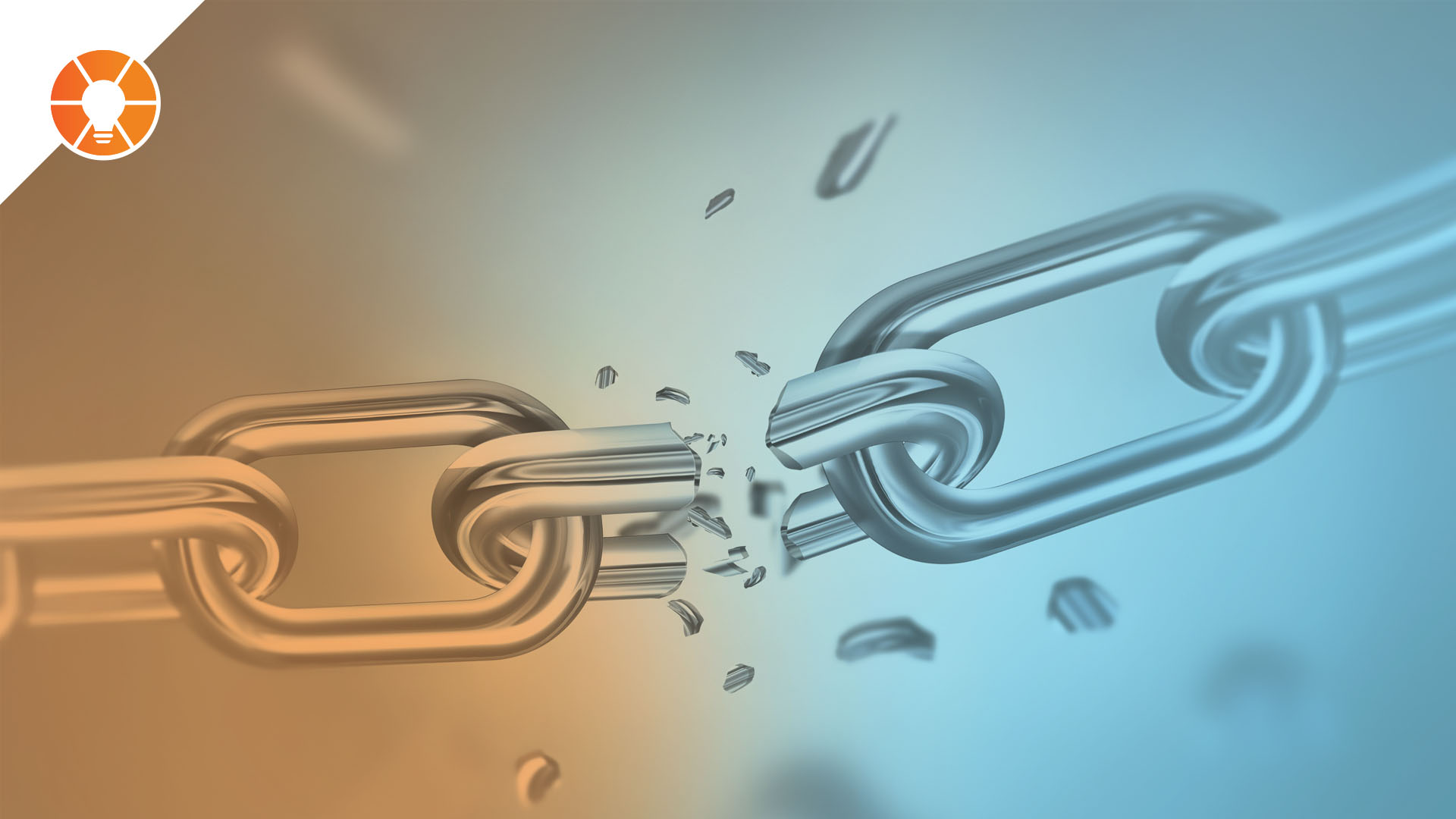
This has happened at least once to every leader. The team has an open and honest conversation about an issue but ultimately arrives at a decision different than what at least one leader wanted. That leader doesn’t agree with the decision and expresses their reservations behind closed doors in the leadership team meeting. What happens when that door opens? Leaders have to learn how to disagree and commit to the decision anyway.
It takes discipline to disagree with a decision and move forward with full support to execute it anyway. Below we share some steps you can take to disagree and commit effectively.
1. Address Issues
Businesses Running on EOS™ follow the weekly Level 10 Meeting™ agenda. The most important part of that meeting is the IDS® portion (Identify, Discuss, and Solve).
During the IDS session, meeting participants raise issues and work to find the root cause of problems. From there, the team discusses potential solutions until they agree on how to solve them forever.
Sometimes it can take a long time to find the root cause and its solution. But, to ensure everyone’s opinions are heard, you, as a leader, need to advocate for yourself and others in the room.
2. Speak Up
If you disagree with an idea or a potential solution, speak up and share your concerns or alternative suggestions. To advocate for your position effectively, do so respectfully and constructively. Focus on the issue at hand and avoid attacking people. While you may not agree with all of their ideas, hearing everyone out could uncover unseen solutions or opportunities for compromise.
Once you’ve expressed your concerns, listen carefully to the points of view of others and try to understand their perspective. Keep an open mind by staying curious and willing to consider alternative viewpoints.
Open and honest conversations are the key to a healthy dialogue and a strong team culture. However, once you say something, only say it once (saying things more than once is politicking).
3. Commit to the Decision
Once the team makes a decision, fully commit to it, and do everything you can to support its successful execution.
Once that door opens, every leader must be in lockstep on the decision regardless of their personal feelings. Don’t continue to argue or undermine the decision. This will only create tension, hurt morale throughout the company, and erode trust with your fellow leaders.
After implementing the decision, reflect on what worked well and what you could improve next time. Use this as an opportunity to learn and grow individually and as a team.
Disagreeing and committing to a decision can be a challenging principle to put into practice. It requires balancing your views with what’s needed for the greater good of the organization.
If you approach these issues with an open mind and a commitment to finding a solution that works for everyone, your team can only benefit. This way, you build stronger relationships, foster a culture of trust and respect, and drive success for everyone.







